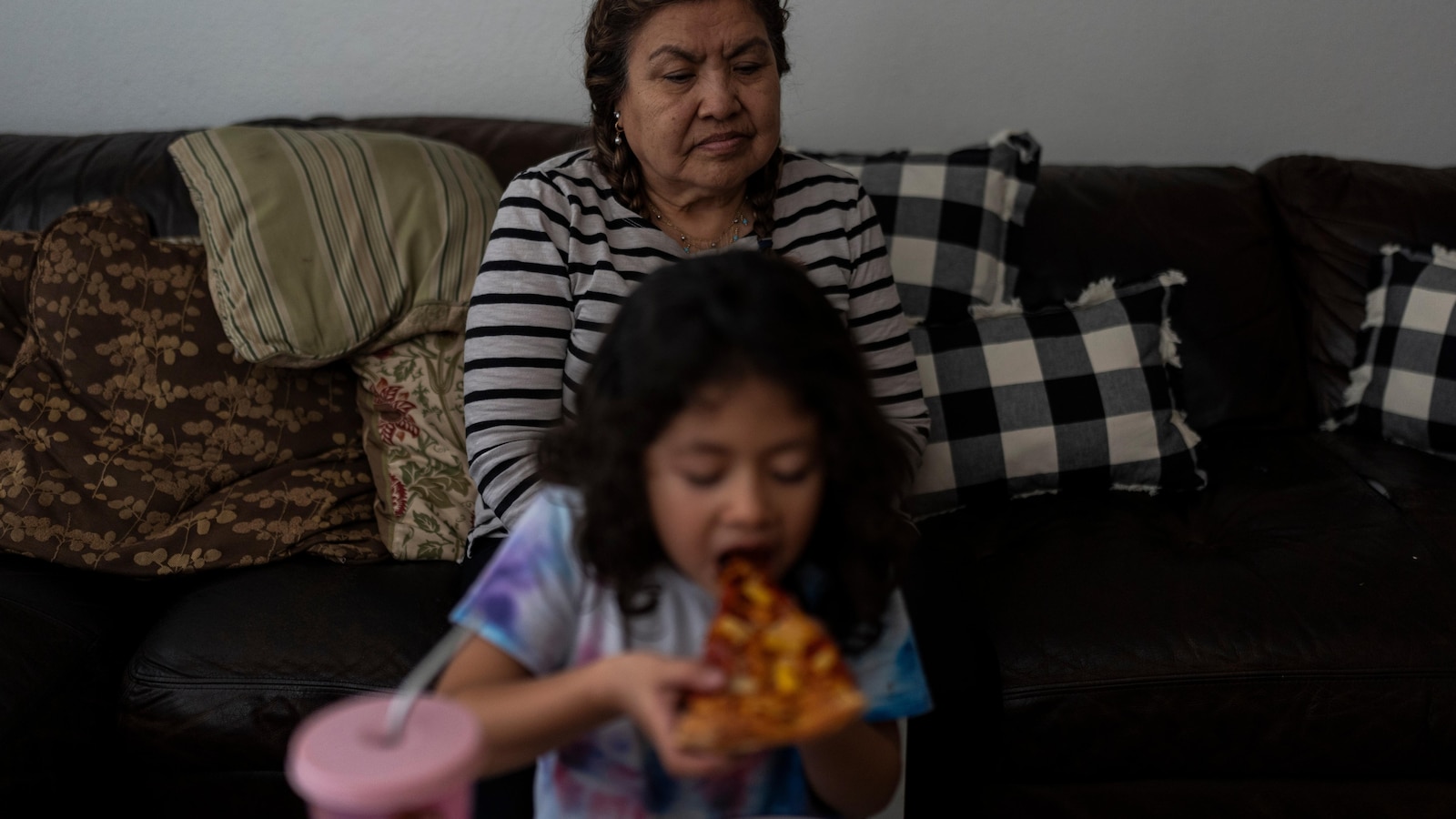
LOS ANGELES — While the Americans continue to struggle unrelentingly high rentsas many as 223,000 affordable homes in the US could disappear in the next five years alone.
It leaves low-income tenants facing protracted eviction battles, scrambling to pay a two-fold rent increase or more, or pushed back into a housing market where costs can easily eat up half a paycheck.
Affordable housing was built with the low-income housing tax credit, or LIHTC, a federal program launched in 1987 that provides tax breaks to developers in exchange for keeping rents low.
It has launched 3.6 million units nationwide, and its expansion is now a focus for the Democratic presidential candidate Kamala Harris’ housing plan to build 3 million new homes.
The catch? The buildings usually only have to be kept affordable for a minimum of 30 years. For the wave of LIHTC construction in the 1990s, those deadlines are now approaching, threatening to wipe out the supply of affordable housing just when Americans need it most.
Data on LIHTC units that will lose affordability nationally remains a rough estimate.
The best national analysis estimates that approximately 350,000 LIHTC units are at risk of losing affordability by 2030. That’s 1 million units by 2040, according to the National Housing Preservation Database.
Not all units that lose LIHTC affordability protection will become market rate. Some are kept affordable by other government subsidies, by compassionate landlords or by states, including California, Colorado and New York, that have worked to keep costs down.
Still, it’s a significant loss for a housing market that is already in dire need of new homes.
“If we lose the homes that are currently affordable and available to households, then we will lose ground to the crisis,” said Sarah Saadian, vice president of public policy at the National Low Income Housing Coalition.
“It’s like having a boat with a hole in the bottom,” she said.
Local governments and nonprofits can purchase expiring apartments, new tax breaks or other subsidies can be implemented that increase affordability, or tenants can organize to force action from landlords and city officials.
California now requires all new LIHTC properties to be affordable for 55 years. Expiring developments built before that rule will also be prioritized for new tax credits, and the state essentially requires all LIHTC applicants to have experience owning and managing affordable housing.
California and Colorado require landlords to notify local governments and tenants before their building expires. Cities and nonprofits then first tried to buy the property to keep it affordable.
Unlike California, however, many states have not extended LIHTC agreements beyond thirty years, let alone taken other measures to keep expiring housing affordable.
Still, it’s far from a guarantee that local governments or nonprofits will scrape together the money to buy apartment buildings. And while new tax credits can restore LIHTC’s declining affordability, they are limited and are doled out to states by the Internal Revenue Service based on population.
For more than two decades, the low rent of Marina Maalouf’s LIHTC apartment in Los Angeles’s Chinatown saved her family, including a granddaughter who has autism.
When that grace expired, the landlord, no longer legally obligated to keep the building affordable, increased the rent from $1,100 to $2,660 in 2021 — out of reach for Maalouf and her family. Tenant protests, a rent strike and eviction filings followed.
The eviction case is still ongoing and haunts Maalouf’s nights with the fear that her family will end up in sleeping bags on a friend’s floor or worse. In the morning she repeats a mantra: ‘We are still here. We are still here.” But fighting day in and day out to make it happen is exhausting.
Yet Maalouf’s tenant activism has set things in motion. The city of Los Angeles has offered the landlord $15 million to keep its building affordable through 2034, but that deal would not end the more than 30 pending eviction cases, including Maalouf’s, or the $25,000 in back rent they owe. is due.
On a recent day, her granddaughter shuffled into the courtyard of Maalouf’s apartment with a glass of water. She is 5 years old, but because she has special needs, her speech consists more of single words than sentences.
“That’s why I’ve been hoping that everything will return to normal and that she can be safe,” Maalouf said, her voice shaking with emotion. She has urged her son to start saving money for the worst.
“We will keep fighting,” she said, “but day after day it is difficult. …I’m already tired.”
___
Bedayn is a corps member of The Associated Press/Report for America Statehouse News Initiative. Report for America is a nonprofit national service program that places journalists in local newsrooms to report on undercovered issues.
